(ECNS) -- Qingming is both a solar term and traditional Chinese festival during which people enjoy spring outings, sweep graves and pray to those who have passed away.
In addition to tomb sweeping, kite-flying is also a popular activity during the Qingming Festival, which often falls on April 4 or 5.
The warming weather of spring, with its gentle breezes, provides the ideal conditions for kite-flying.
In north China, swallows indicate the arrival of spring. The shayan kite, also known as swallow kite, is particularly favored by Beijingers.
The 60-year-old Yang Liping in Beijing is an inheritor of the kite making craft.Recently, ECNS visited Yang to find out what goes into the skill-tested craft.
"Our ancestors taught us that flying kites serves to let go of bad luck. Some people would write their thoughts on the kite and just let it float away," Yang said.
This kite-making craft originated from skills practiced by Cao Xueqin during the Qing Dynasty, who was a famous Chinese writer and author of the classic novel "Dream of the Red Chamber," in which the swallow kite symbolizes the characters' longing for a life of freedom and joy.
Cao designed various styles of swallow-shaped kites that were said to be a masterpiece of craftsmanship, with their bodies made of bamboo and silk, and wings decorated with intricate paintings of swallows.
With hundreds of years of history, the swallow kite-making craft was listed as a national intangible cultural heritage in 2008.
Around 27 years ago, Yang came across Fei Baoling, a veteran craftsman making shayan kites. Yang was impressed by the intricately crafted kite plates collected by Fei and developed much interest. In 2003, Yang quit his job and became an apprentice to Fei.
Yang has been making kites for 20 years in many different patterns.
Making a swallow kite by hand is no easy task. Yang starts by make the frame using bamboo sticks, paints the pattern on the outer coverings, and pastes it onto the frame.
The bamboo selected for the frame needs to undergo processing."The bamboo should be fresh and new. We dry it for three to five years in the shade. What we need is the skin, which we bake in fire to make it tougher," Yang said.
Although kites can be mass-produced by machines, Yang says the hand-making skill is of high value.
The difference is that the shayan kite is hand-drawn stroke by stroke, while kites sold in the market are printed by machines, which are framed with carbon rods rather than bamboo, Yang said.
In Yang's eyes, children now prefer to play with electronic products and thus neglect traditional handicrafts. Fortunately, the government has designated many as intangible cultural heritages, enabling traditional Chinese culture to be passed down from generation to generation, Yang said.








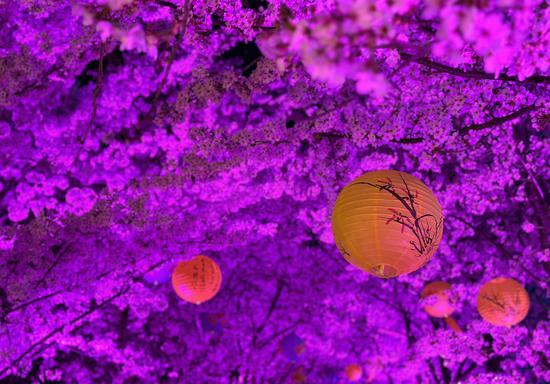

















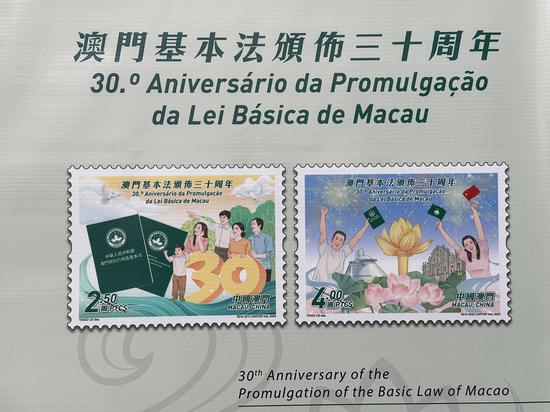



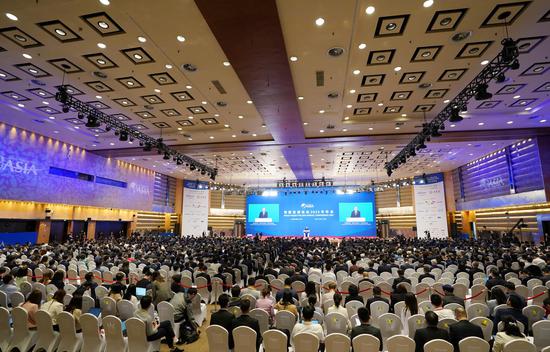







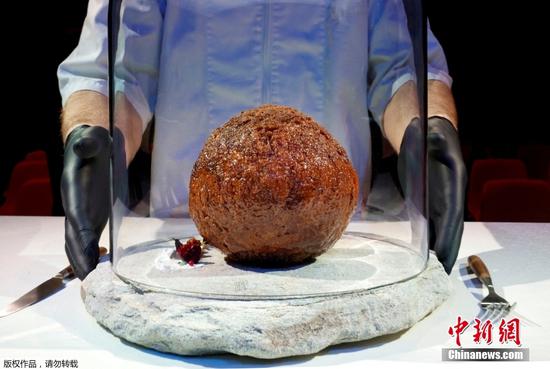


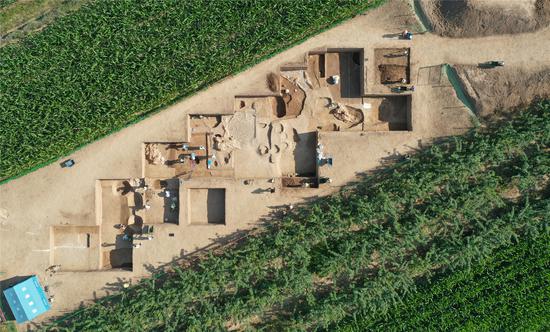






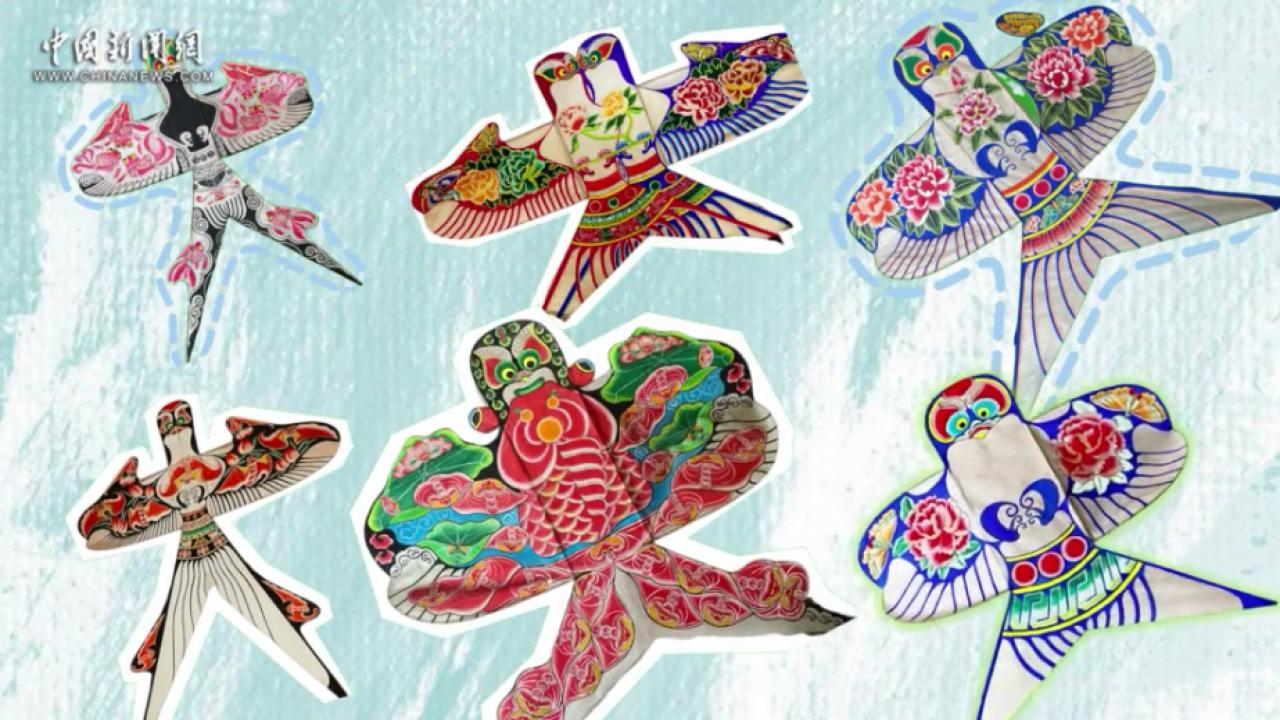

 京公网安备 11010202009201号
京公网安备 11010202009201号